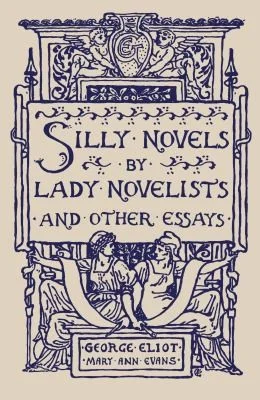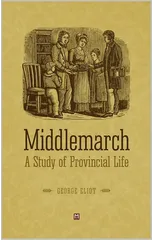Mary Anne Evans took the pen name George Eliot to prevent her being pigeon-holed as an author of 'light romantic fiction' the only branch of literature open to females in the England of her time. Published in 1861, Eliot uses Silas Marner to skillfully portray the turmoil of the Industrial Revolution, and her own trenchant views on politics, religion and the hypocrisy of the gentry. But in its essence, the book concerns human redemption, telling the tale of an embittered lonely man, crushed by unjust fortune, whose world is utterly changed by his care and love for an orphan child.
George Eliot
George Eliot was the pen name of Mary Ann Evans, a prominent Victorian-era novelist known for her insightful and complex characterizations. Her most notable works include "Middlemarch," considered one of the greatest novels in the English language, and "Silas Marner," a poignant tale of redemption and community. Eliot's literary style is characterized by its psychological depth, moral complexity, and social commentary. She was a pioneer in the realist tradition, exploring themes of morality, religion, and human relationships in her writing. Eliot's contributions to literature include challenging traditional gender roles and societal norms, as well as expanding the scope and depth of the novel as an art form. Her work continues to be celebrated for its profound insights into the human condition and its enduring relevance in contemporary society.






